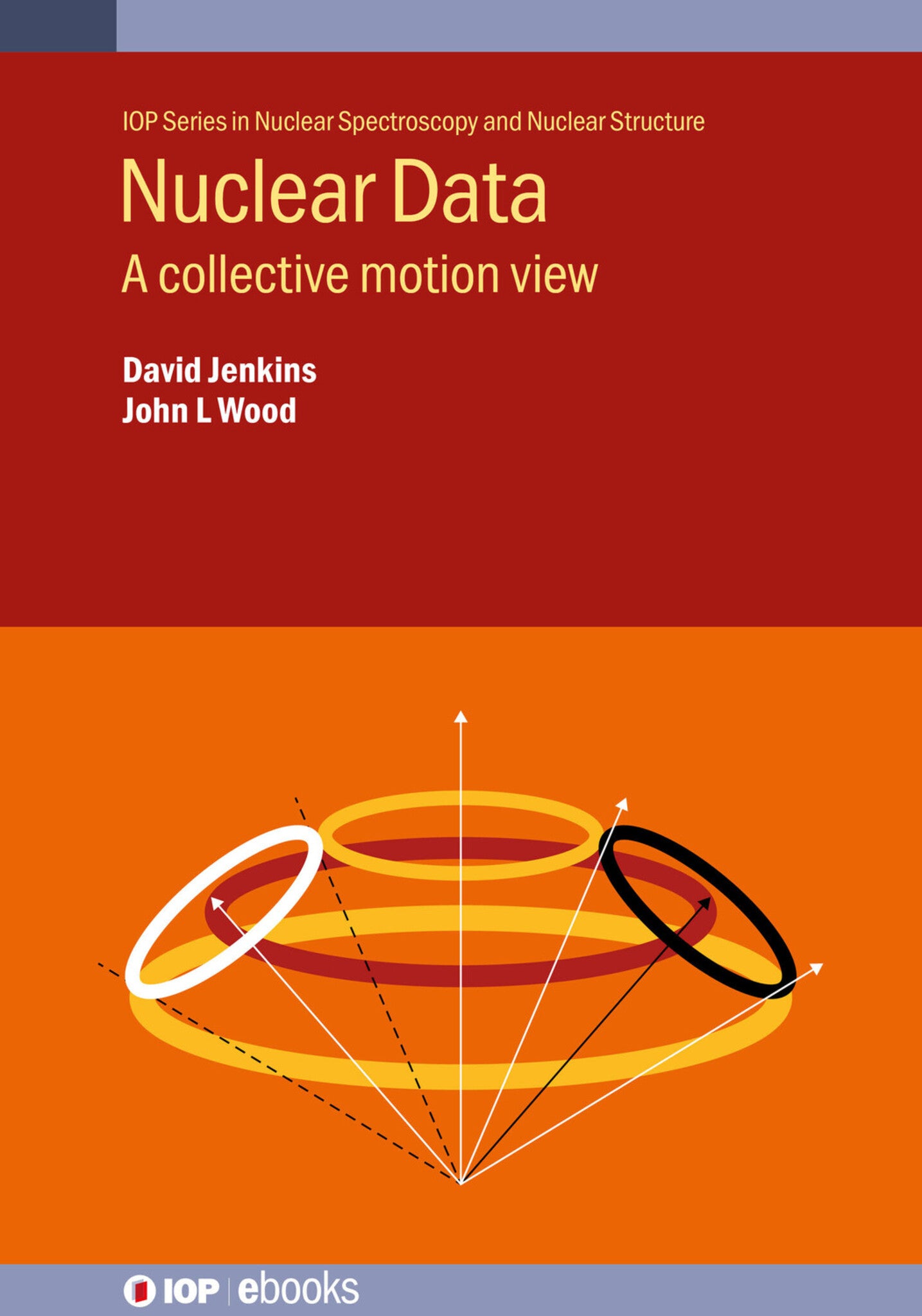We're sorry. An error has occurred
Please cancel or retry.
Nuclear Data

Some error occured while loading the Quick View. Please close the Quick View and try reloading the page.
Couldn't load pickup availability
- Format:
-
14 December 2023

This course text provides an intermediate level treatment on the topic of the nuclear structure, focussing on the collective properties of atomic nuclei. It follows the authors’ earlier work, ‘Nuclear Data: A Primer’, which provided an introduction to nuclear structure. This book goes into more detail on the specific topic of collective motion in nuclei. The book is divided into six main chapters that outline the necessary theory and critically review it in the light of available data. Video-based exercises are included to promote student learning and understanding. The book follows a pathway that is very useful to potential readers, particularly PhD students and advanced undergraduate students.
Key Features
- Uses a data-driven approach to understanding nuclear structure
- Critically reviews theories in the light of available data
- Includes extensive video-based exercises
- Provides a personal view from experts in the field

SCIENCE / Physics / Nuclear, Nuclear physics

1 How well defined are rotations in nuclei?
2 Do nuclei exhibit asymmetric rotor behaviour?
3 How prevalent is shape coexistence in nuclei? Historical and closed-shell region views
4 How prevalent is shape coexistence in nuclei? Open shell and global views
5 Are there vibrations in nuclei?
6 Are there vibrations in deformed nuclei?
7 Epilogue
A Derivation of commutator bracket relations for spin in a body-fixed frame
B A generic two-band mixing formalism
C E2 matrix elements for selected even-even nuclei and selected transitions



